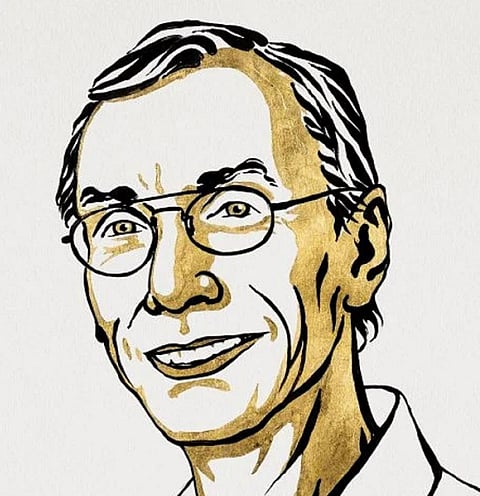

Svante Pääbo, a Swedish geneticist, was conferred the Nobel Prize in medicine for 2022, the Nobel Assembly at the Karolinska Institutet announced October 3, 2022 in a statement. Pääbo was awarded for his pioneering contributions to the field of paleogenomics, the branch of science based on the reconstruction and analysis of genomic information in extinct species.
Pääbo’s achievements include the sequencing of the entire genome of Neanderthal, an ancient group of humans. He also made the sensational discovery of a previously unknown hominin, Denisova.
“Importantly, Pääbo also found that gene transfer had occurred from these now extinct hominins to Homo sapiens following the migration out of Africa around 70,000 years ago,” the Nobel statement said.
This research has modern uses.
For instance, the Denisovan version of the gene EPAS1 confers an advantage for survival at high altitude and is common among present-day Tibetans. Other examples are Neanderthal genes that affect our immune response to different types of infections.
The entire human genome was sequenced by the end of the 1990s. “However, studies of the relationship between present-day humans and the extinct Neanderthals would require the sequencing of genomic DNA recovered from archaic specimens,” the statement said.
Pääbo first started to develop methods to study deoxyribonucleic acid (DNA) from Neanderthals as a postdoctoral student with Allan Wilson, a pioneer in the field of evolutionary biology.
He continued his work on archaic DNA in 1990, when he was recruited to University of Munich as a professor.
He then made a breakthrough. Pääbo managed to sequence a region of mitochondrial DNA from a 40,000-year-old piece of bone with his refined methods.
The mitochondrial genome is small and contains only a fraction of the genetic information in the cell, but it is present in thousands of copies, increasing the chance of success.
Humanity had, for the first time, access to a sequence from an extinct relative due to Pääbo’s work. Comparisons with contemporary humans and chimpanzees demonstrated that Neanderthals were genetically distinct.
Pääbo then took on the enormous challenge of sequencing the Neanderthal nuclear genome. He could publish the first Neanderthal genome sequence in 2010 at the new Max Planck Institute in Leipzig, Germany.
Comparative analyses demonstrated that the most recent common ancestor of Neanderthals and Homo sapiens lived around 800,000 years ago.
In 2008, a 40,000-year-old fragment from a finger bone was discovered in the Denisova cave in the southern part of Siberia. The bone contained exceptionally well-preserved DNA, which Pääbo’s team sequenced.
This turned out to be a previously unknown hominin, which was given the name Denisova.
“Pääbo’s discoveries have generated new understanding of our evolutionary history,” the statement said.
At the time when Homo sapiens migrated out of Africa, at least two extinct hominin populations inhabited Eurasia. Neanderthals lived in western Eurasia, whereas Denisovans populated the eastern parts of the continent.
During the expansion of Homo sapiens outside Africa and their migration east, they not only encountered and interbred with Neanderthals, but also with Denisovans.
“Through his groundbreaking research, Svante Pääbo established an entirely new scientific discipline, paleogenomics,” the statement said.